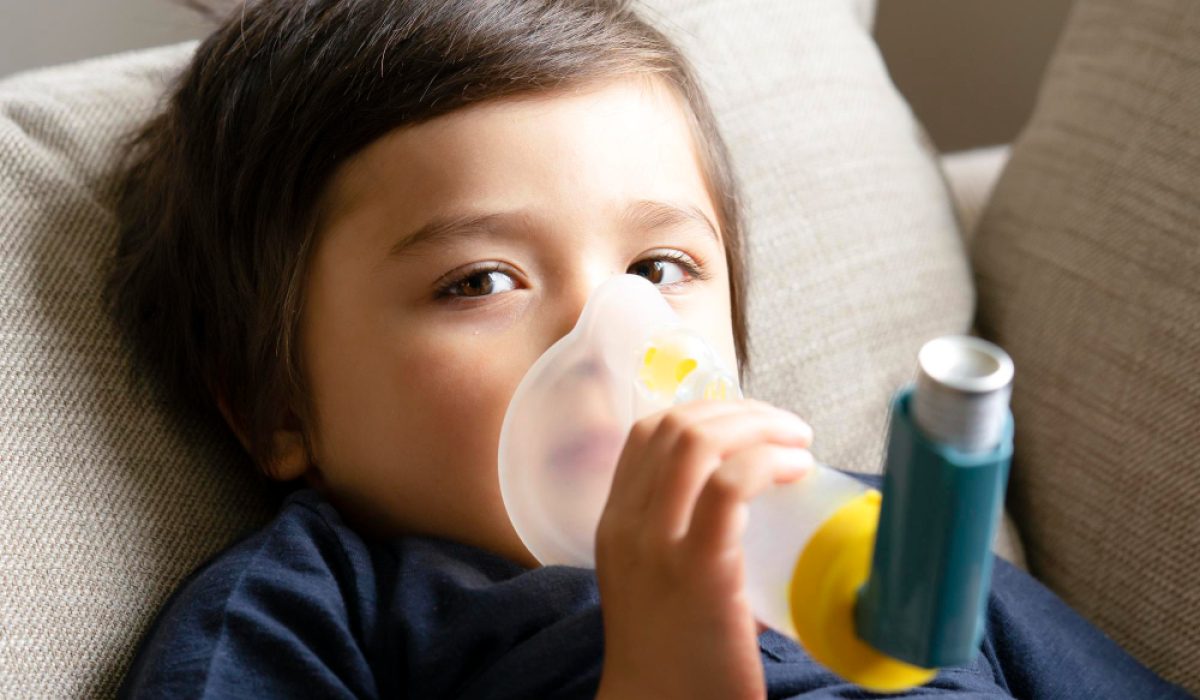What is an Asthma Attack in Children?
Asthma attack in children is a sudden worsening of asthma symptoms. During an attack, a child’s airways become swollen and narrow. As a result, it becomes hard for them to breathe. Asthma is a common lung condition in kids. According to the CDC, millions of children in the United States have asthma. Because asthma attacks can be serious, parents and caregivers need to know the signs and how to help.
Common Symptoms
Recognizing childhood asthma symptoms early can help prevent severe attacks. Often, symptoms may start mild but can get worse quickly. Look for these signs:
Sometimes, children may only show a cough or seem less active. Therefore, it is important to watch for any changes in their breathing or energy.
Causes and Triggers
Many things can cause or trigger an asthma attack in children. While some triggers are common, others may be unique to your child. Knowing these can help you avoid them. Common asthma triggers in children include:
For families living in cities with poor air quality, outdoor pollution can also be a major trigger. So, checking local air reports can help you plan safe activities for your child.
How Asthma Attacks are Diagnosed
Doctors use several steps to diagnose asthma attacks in kids. First, they ask about your child’s symptoms and medical history. Next, they may perform a physical exam. Sometimes, doctors use breathing tests to check how well your child’s lungs work. These tests are safe and painless. In some cases, allergy tests may also be done. Because asthma can look like other illnesses, a clear diagnosis is important for proper care.
Treatment Options
Treating asthma attacks in children involves quick relief and long-term control. Doctors may recommend:
Always follow your doctor’s instructions. In addition, make sure your child knows how to use their inhaler correctly. Having an asthma action plan can help you know what to do during an attack.
Prevention Tips for Parents
Preventing asthma attacks in kids is possible with a few simple steps. Here are some tips for parents and caregivers:
With these steps, you can help reduce the risk of asthma attacks in children. However, always stay alert for new triggers or changes in your child’s health.
When to Seek Emergency Help
Sometimes, asthma attacks can become life-threatening. You should get emergency help right away if your child:
Quick action can save lives. Therefore, always keep emergency numbers handy and know where the nearest hospital is located.
If your child shows signs of an asthma attack, consult a healthcare specialist for personalized advice. Early care can help your child stay healthy and active.
